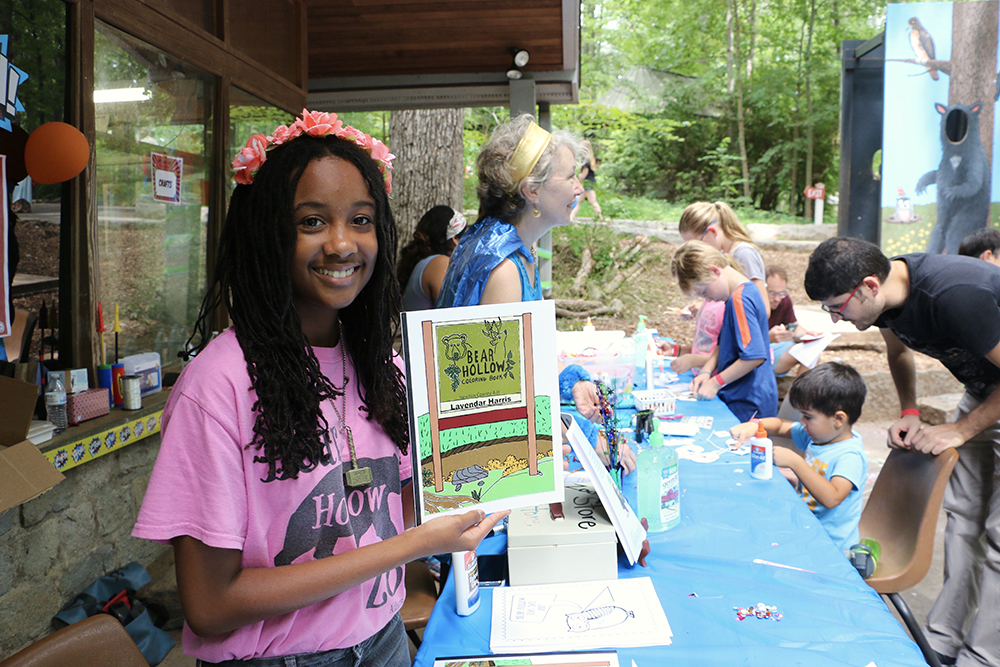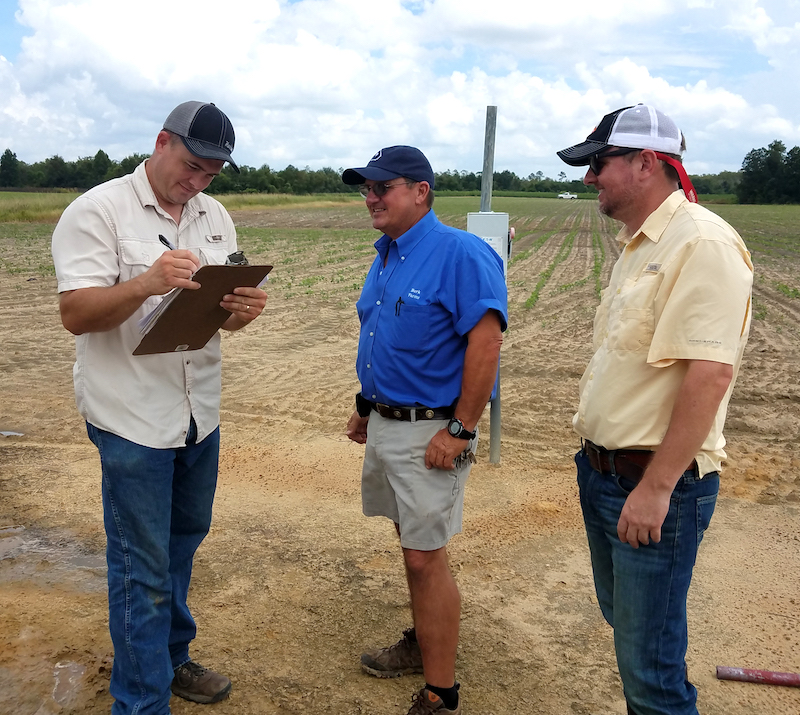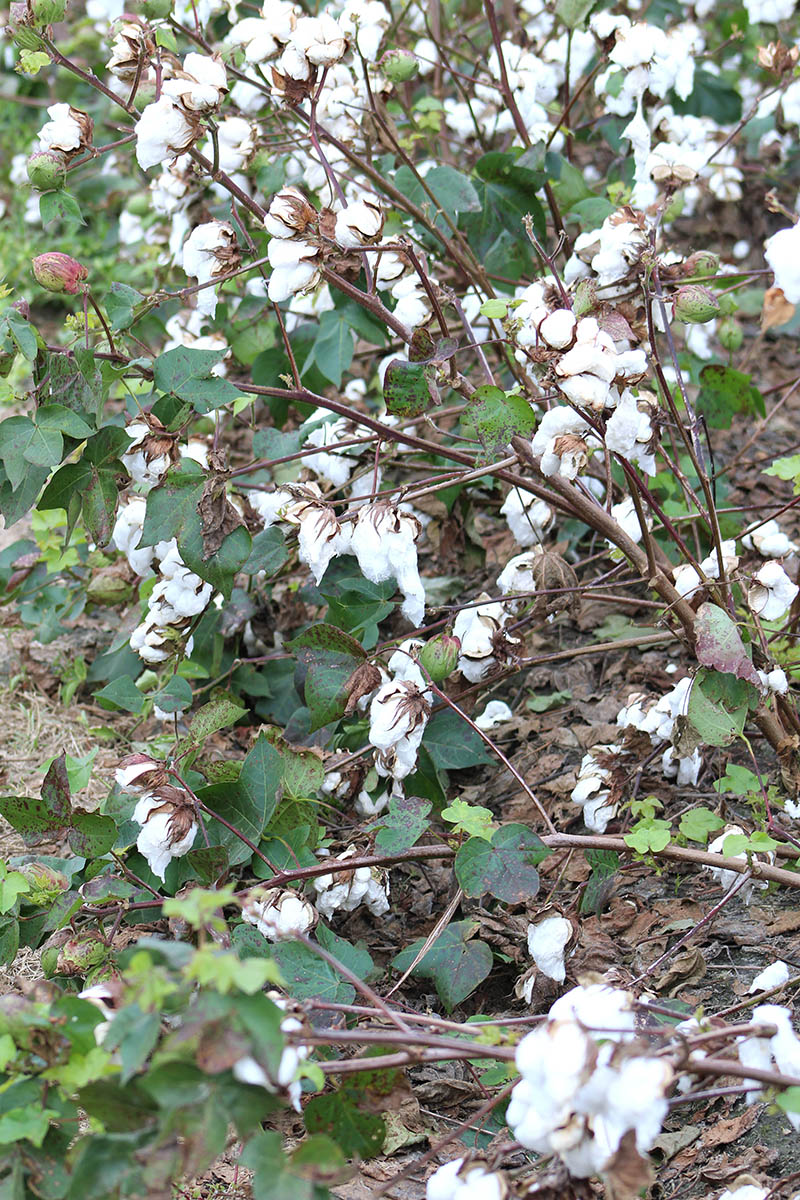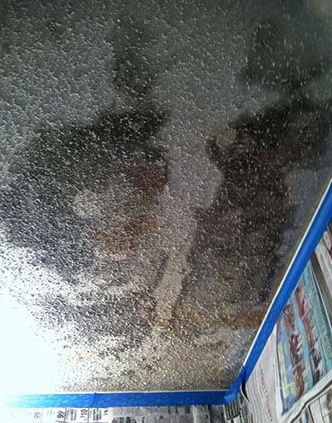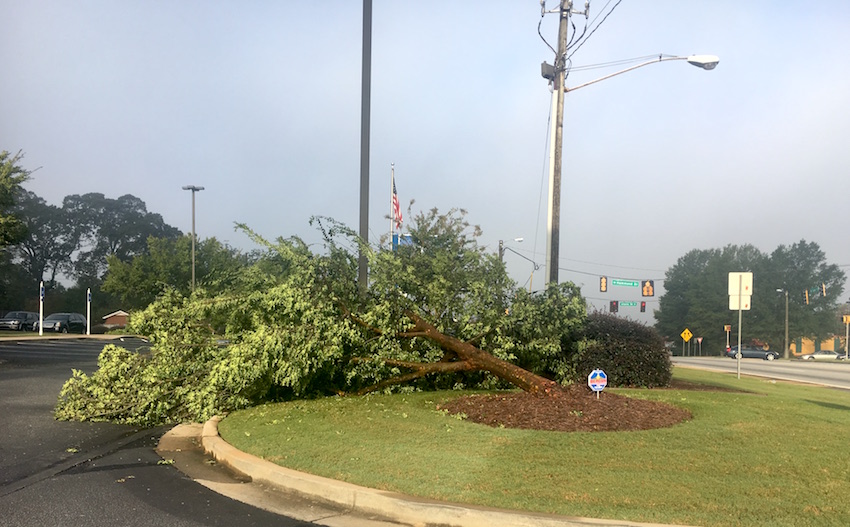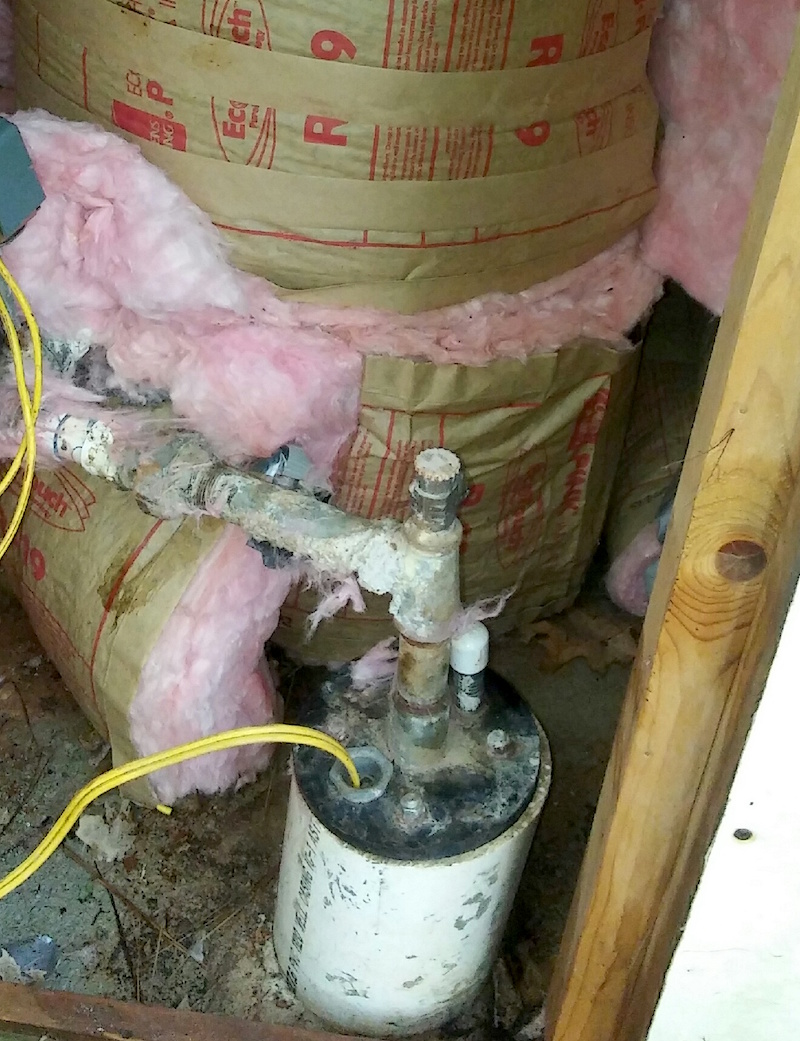 CAES News
CAES News
Deer Habitat
While there is no hard-and-fast method to determining the exact number of deer in a county or state, current population estimates are coming in at just over 1 million animals. Ultimately, the habitat quality in a particular area limits the number of deer hunters may see.


